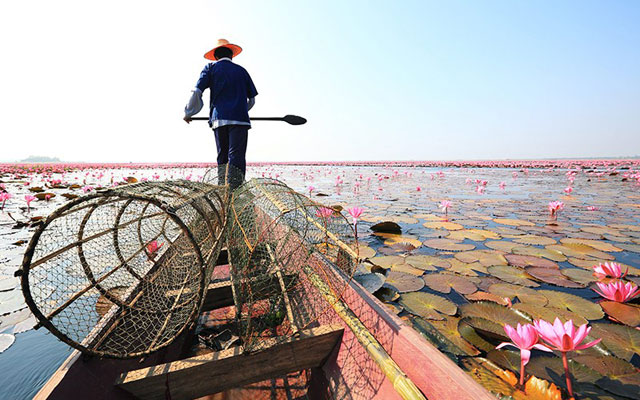The Tourism Authority of Thailand (TAT) has developed a three-pronged approach to promote 55 secondary destinations, as part of its diversification strategy to better distribute tourism income and visitation across the country while encouraging low-impact, community-driven tourism.
TAT’s research has identified the need to position these secondary 55 provinces within the “big picture” of Thailand’s development by creating conceptual models specific to each secondary province; such as, a sports city in Buri Ram and a wellness city in Chiang Rai.

These 55 provinces, which get less than four million local and foreign tourists a year, will also get greater prominence in TAT’s future marketing campaigns. According to TAT, there are more than 4,000 tourist attractions and over 8,000 accommodation units in the secondary destinations as of 2018.
A travel trends survey from the TAT Intelligence Centre showed that in the first half of 2018, the 55 secondary destinations hosted nearly 2.3 million foreign visitors, of which Laos (513,046), China (235,573), the UK (110,942), Germany (103,912) and France (84,380) were the top source markets.
The most visited secondary destinations (hosting over 100,000 tourists) are Nong Khai, Udon Thani, Chiang Rai and Mae Hong Son. The cities receiving between 55,001 to 100,000 tourists are Ubon Ratchathani, Mukdahan and Satun.
The three tourism promotion concepts for the secondary destinations identified by TAT are:
- Local Experience: Provide visitors with an in-depth experience such as, community-based tourism, lifestyle, wisdom, local identity and distinction of each area.
- Future Challenge: Secondary cities have enormous potential to expand their economies and boost the income of the local people if the tourism industry is developed in a sustainable and well-planned manner.
- Connecting Destinations: Connecting Thailand’s big cities with smaller cities and also connecting them with neighbouring countries. There are 29 destinations adjacent to the primary cities, 22 airports in these destinations, and 10 destinations with immigration checkpoints.




















